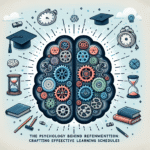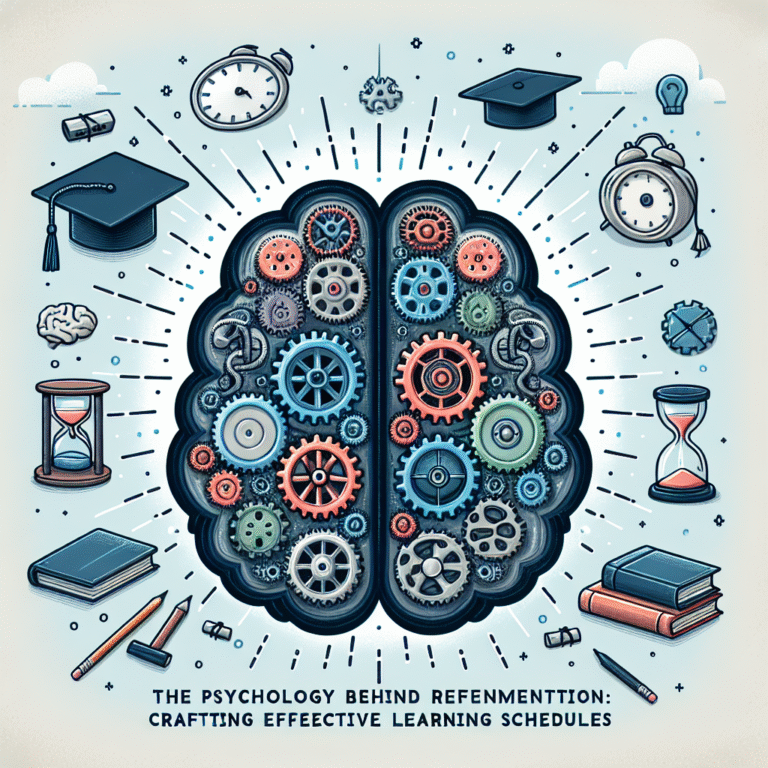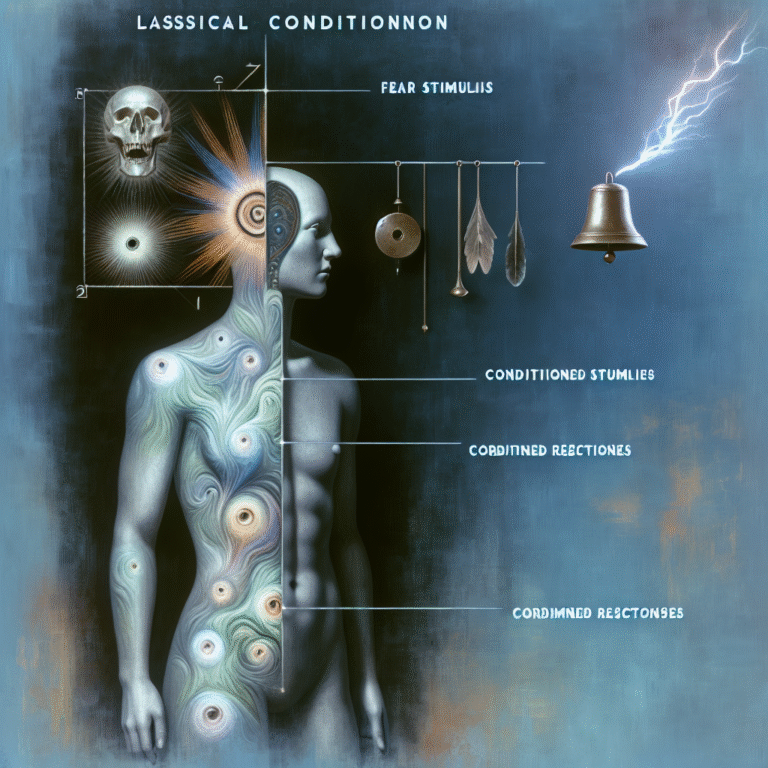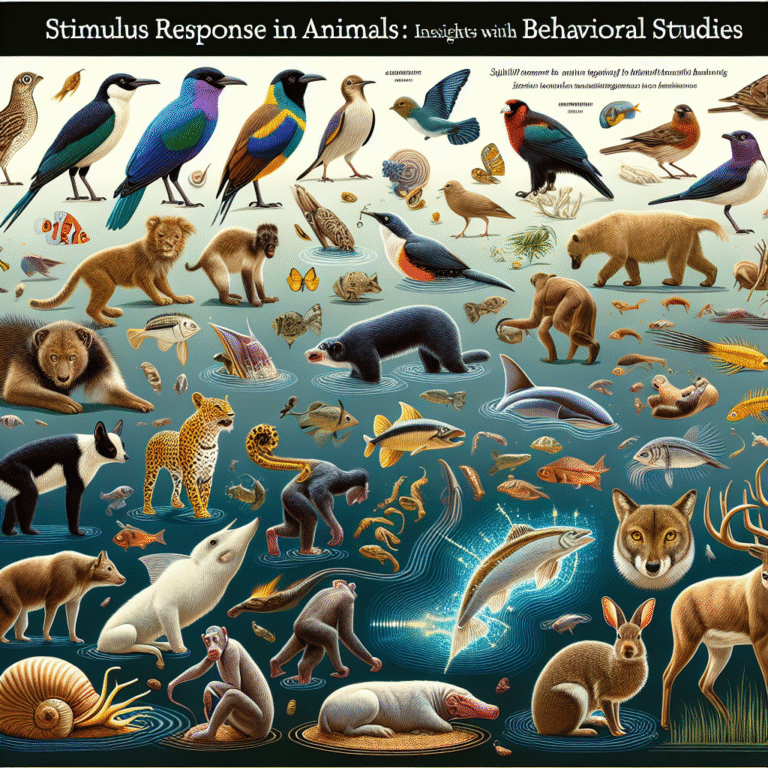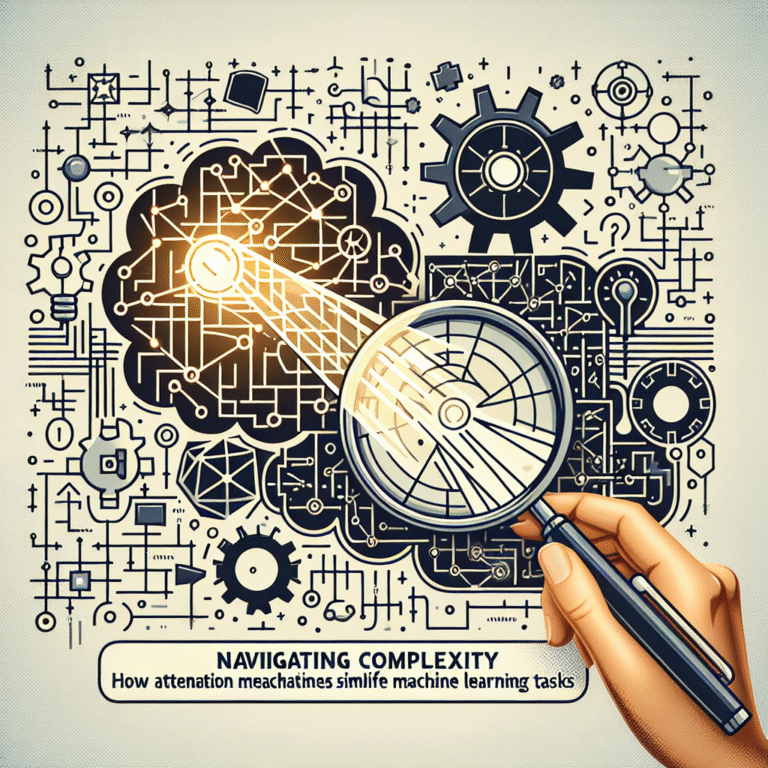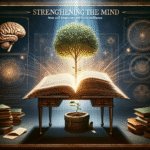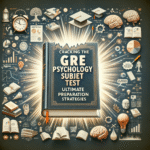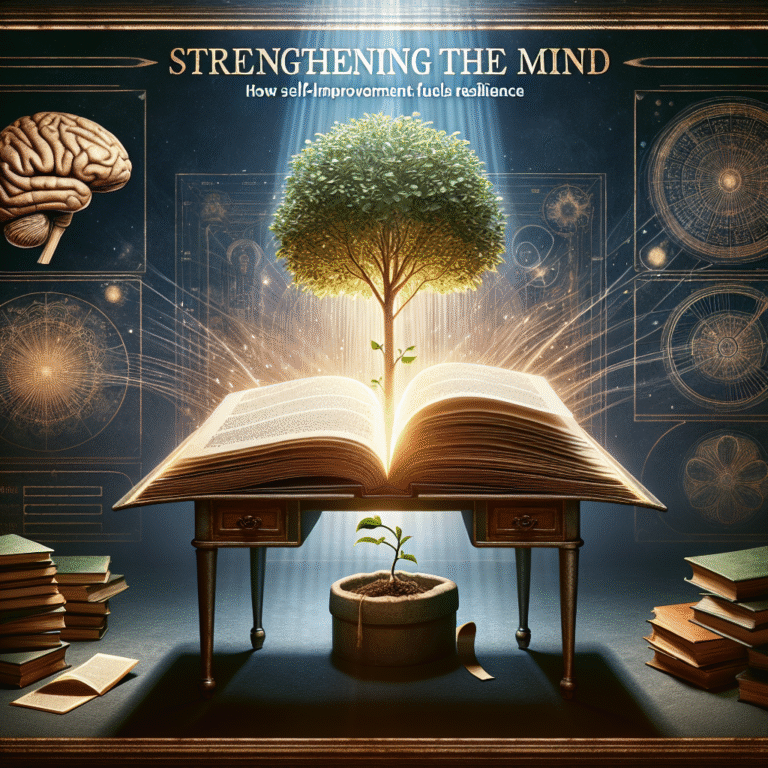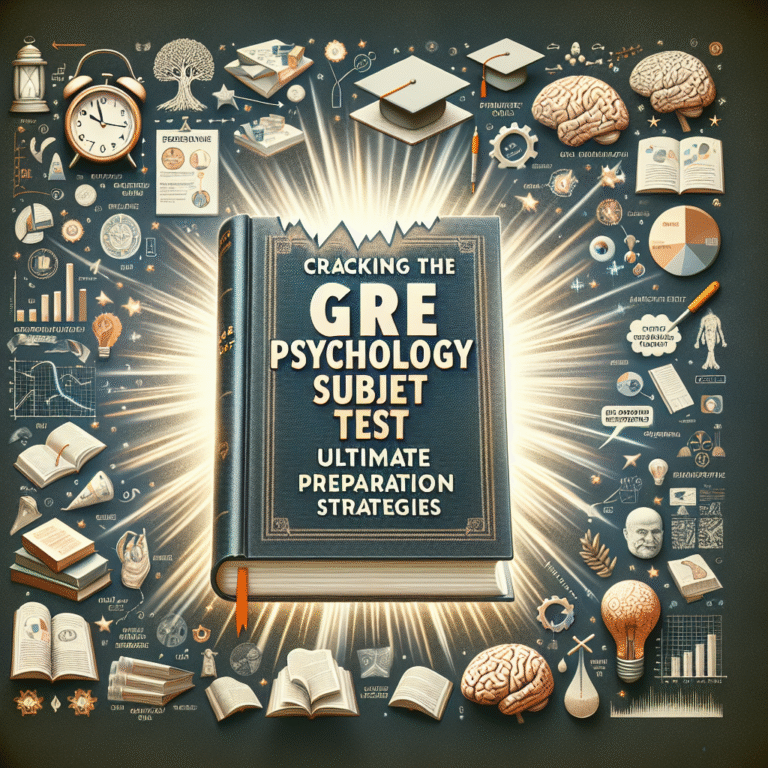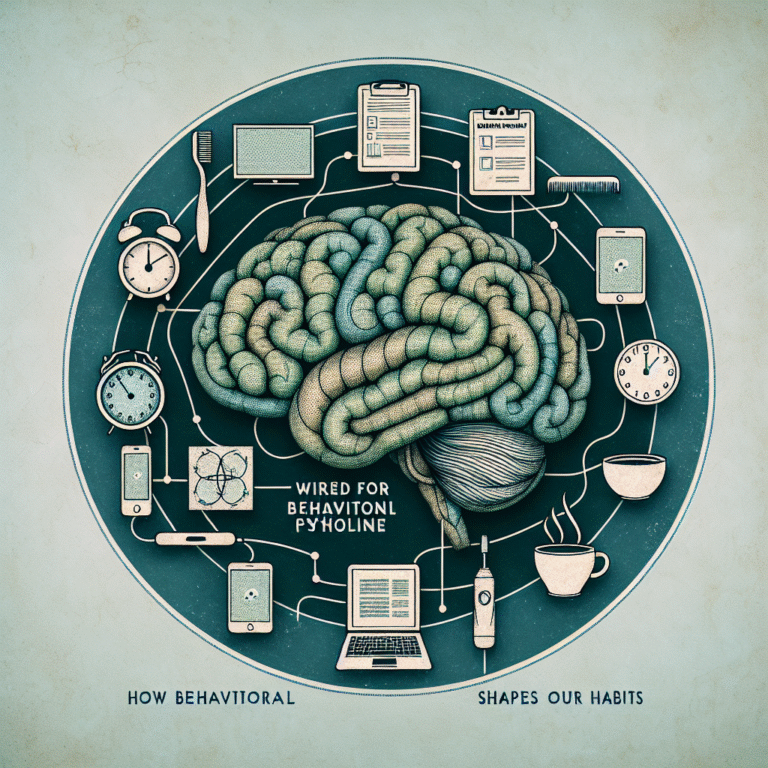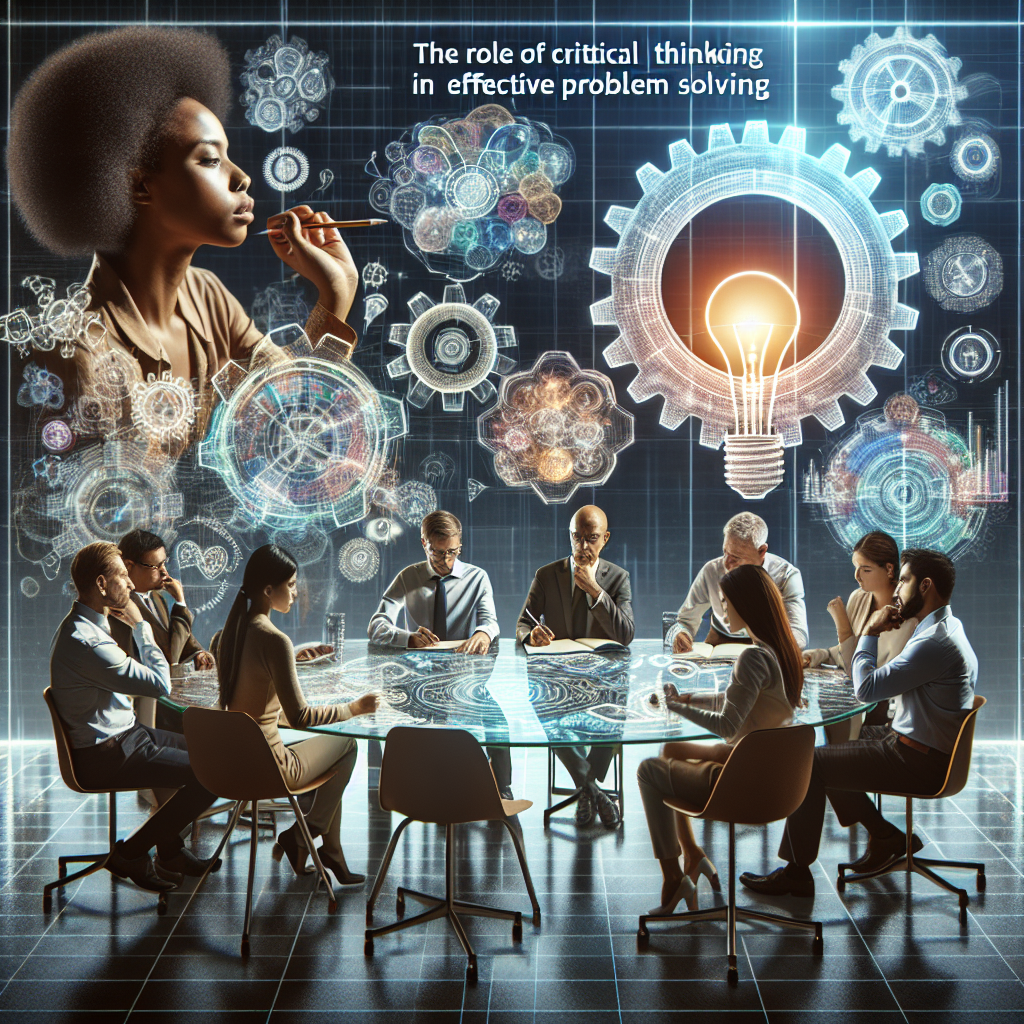
Introduction
In a world brimming with challenges, the ability to solve problems efficiently has never been more crucial. From personal dilemmas to complex organizational issues, the undercurrents of effective problem solving flow through the veins of critical thinking. The role of critical thinking in effective problem solving is not just important; it is essential. Imagine navigating through a dense forest without a map—this is akin to making decisions without critical thinking. Here, we will explore how critical thinking acts as the compass that guides us through various problem-solving scenarios, illuminating paths that would otherwise remain obscured.
Why Critical Thinking Matters in Problem Solving
Understanding Critical Thinking
Critical thinking is defined as the objective analysis and evaluation of an issue to form a judgment. The role of critical thinking in effective problem solving can’t be overstated; it enables individuals to evaluate their assumptions, challenge the status quo, and make informed decisions based on evidence rather than emotion or bias.
The Connection Between Critical Thinking and Problem Solving
Most problems arise from inadequate understanding or misinterpretation of the circumstances. Critical thinking bridges this gap by promoting deeper inquiry. When individuals engage in thoughtful analysis, they not only articulate better solutions but also foresee potential pitfalls, thereby optimizing outcomes.
Case Studies: Real-World Applications of Critical Thinking in Problem Solving
Case Study 1: The Challenger Disaster
The Challenger spacecraft disaster of 1986 is a sobering reminder of the consequences of inadequate critical thinking. Engineers at NASA faced pressure to launch despite concerns over the O-ring’s performance in cold temperatures. The reluctance to critically assess risks led to catastrophic results. This case exemplifies the role of critical thinking in effective problem solving; had the engineers challenged the existing assumptions and prioritized data over pressure, lives might have been saved.
Analysis
This case shows how critical thinking could have transformed complacency into caution. By evaluating evidence critically, teams can face challenges head-on rather than ignore red flags.
Case Study 2: Toyota’s Quality Issues
In the early 2010s, Toyota faced significant criticism due to quality issues, including unintended acceleration claims. The company implemented structured problem-solving techniques built on critical thinking methodologies. By conducting root cause analyses and encouraging open dialogues, Toyota not only resolved immediate issues but also fostered an organizational culture of continuous improvement.
Analysis
This illustrates how critical thinking can solve short-term issues while paving the way for long-term solutions. The role of critical thinking in effective problem solving thus showcases its ability to enhance corporate ethos.
Case Study 3: Google’s Project Aristotle
In a bid to enhance teamwork, Google initiated Project Aristotle, analyzing hundreds of teams to determine the key to effective collaboration. Critical thinking was pivotal in this process; managers learned to assess team dynamics objectively and without bias. The findings highlighted that psychological safety was paramount for team effectiveness.
Analysis
Through critical thinking, Google was able to pivot from traditional hierarchical structures towards a more collaborative environment, illustrating the broad applicative reach of critical thought in team dynamics and problem resolution.
The Process of Critical Thinking in Problem Solving
Identifying the Problem
The first step in effective problem solving is recognizing and clearly defining the issue at hand. A critical thinker should ask:
- What is the exact nature of the problem?
- Who is affected by it?
Analyzing Evidence and Information
Once the problem is identified, critical thinking aids in gathering and analyzing relevant data. This might include conducting surveys, literature reviews, or even informal discussions to harness diverse viewpoints.
Generating Alternatives
A vital aspect of the role of critical thinking in effective problem solving is the ability to brainstorm multiple solutions. By evaluating various perspectives, critical thinkers can enhance creativity and discover innovative approaches.
Evaluating Options
This stage involves assessing the pros and cons of each alternative. Critical thinking encourages a balanced evaluation, which can lead to the optimal choice based on factual analysis rather than subjective preference.
Implementing Solutions
Effective problem-solving strategies culminate in action. The role of critical thinking is crucial in this step; it ensures that plans are thoroughly vetted and likely to achieve the desired outcome.
Reflecting on Results
After implementation, reflection is necessary. Critical thinkers should analyze what worked and what didn’t, which not only helps in amelioration but also contributes to learning for future challenges.
Tools and Techniques to Enhance Critical Thinking
Mind Mapping
A powerful visual representation of ideas, mind mapping fosters brainstorming and enhances comprehension, which is vital in portraying the role of critical thinking in effective problem solving.
The Socratic Method
This method involves asking a series of questions to stimulate critical thinking. It encourages depth and exploration, leading to better problem-solving outcomes.
SWOT Analysis
A common strategic planning tool, SWOT (Strengths, Weaknesses, Opportunities, Threats) analysis can help identify the critical factors influencing problem scenarios, thus enriching the decision-making process.
The Impact of Critical Thinking on Personal and Professional Life
In Education
Students equipped with critical thinking skills can approach academic challenges effectively, improving their problem-solving capabilities, which subsequently lead to better grades and more profound learning.
In the Workplace
Employees who exhibit critical thinking are often seen as invaluable assets. Organizations benefit from innovative solutions that emerge from a culture that prioritizes analytical and logical reasoning.
In Personal Relationships
Critical thinking can also enhance personal relationships. By evaluating situations objectively and empathetically, individuals can navigate conflicts more effectively, leading to stronger bonds and healthier connections.
Conclusion
The role of critical thinking in effective problem solving is a cornerstone for success across various dimensions of life. By cultivating a mindset that values inquiry, analysis, and ongoing evaluation, individuals and organizations can navigate challenges with confidence and creativity. Embracing this vital skill is not just a necessity but a transformative journey toward both personal growth and professional excellence.
FAQs
1. How can I improve my critical thinking skills?
Improving your critical thinking skills can be achieved through practice. Engage in discussions, read critically, and question assumptions. Mind mapping and reflective journaling can also be effective techniques.
2. What are some barriers to critical thinking?
Common barriers include cognitive biases, emotional interference, and a lack of knowledge or exposure to diverse viewpoints. Recognizing these barriers is the first step toward overcoming them.
3. Can critical thinking be taught?
Yes, critical thinking can be taught through structured programs, workshops, and educational curricula designed to foster analytical and reflective thinking.
4. How does emotional intelligence relate to critical thinking?
Emotional intelligence enhances critical thinking by allowing individuals to manage their emotions and understand others’ feelings, which can greatly influence decision-making and problem-solving.
5. What industries benefit most from critical thinking?
While all industries gain from critical thinking, those that operate under high uncertainty or complexity—like healthcare, technology, and finance—especially rely on these skills for effective problem solving.
Cultivating the role of critical thinking in effective problem solving is indispensable for achieving your goals and fostering a culture of innovation and resilience. Are you ready to embark on this enlightening journey?
